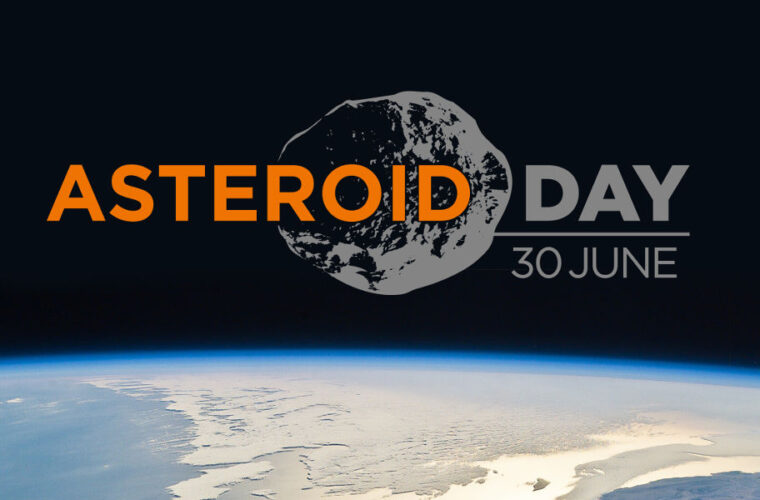The possibility of procuring electricity by harnessing the power of the Sun, but without the filter of the Earth’s atmosphere, was theorized decades ago. For some time now, there has been much thinking about making this power supply possible. The Japanese Space Agency (JAXA), in collaboration with the country’s administration, will soon start a project to transmit solar power wirelessly directly from space, to provide clean and cheap electricity. The first positive results date back to 2015, when a team of scientists from JAXA successfully transmitted 1.8 kilowatts of energy (enough to power an ordinary electric oven) over 50 meters using a wireless receiver. Japan is preparing to develop this technology further to make it usable at vastly greater distances.
How will it work? According to Nikkei reports, a public-private partnership will try to complete the first tests of transmitting solar energy from space to Earth as early as 2025. The project will be led by Naoki Shinohara, a Kyoto University professor who has been working on wireless transmission solar power since 2009. The plan is to put a series of small satellites into orbit, then attempt to transmit the solar energy collected by the arrays via microwaves to receiving stations located on the ground and hundreds of kilometres away as the crow flies.

A possible but very difficult road
Are we facing a possible energy breakthrough? The use of orbital solar panels and microwaves to send energy to Earth was first proposed in 1968. Since then, several countries, including China and the United States, have invested time and resources to pursue this idea. Why is this approach being looked at? Theoretically, recovering solar energy through solar panels placed in orbit is very interesting, as orbital solar arrays could represent a potentially unlimited renewable energy source.
In space, solar panels can collect energy regardless of the time of day, and the use of microwaves to transmit the energy produced also bypasses the filter operated naturally by clouds. All very nice on paper, and although Japan is serious about trying, this technology has many limitations and obstacles to overcome. The first cost since it is estimated that the construction of a system capable of generating 1 gigawatt of power, equivalent to that of a nuclear reactor, would cost around $7 billion with the currently available technology.
Moreover, the transfer of large amounts of energy over enormous distances has never been attempted, and success is anything but a foregone conclusion. The European Union and other countries have also considered similar solutions to tackle the future energy crisis. However, not everyone agrees with this approach, and some even consider it ridiculous. Among the biggest detractors of space-based solar panels is Elon Musk, who spoke out on the issue a few years ago. Musk is in good company, and physicist Casey Handmer also believes that the costs make space solar power a prohibitive supply mode. One would have to deal with transmission losses, thermal losses, and logistical costs. According to Handmer’s estimates, space solar power could be as much as three times more expensive than terrestrial energy sources.



